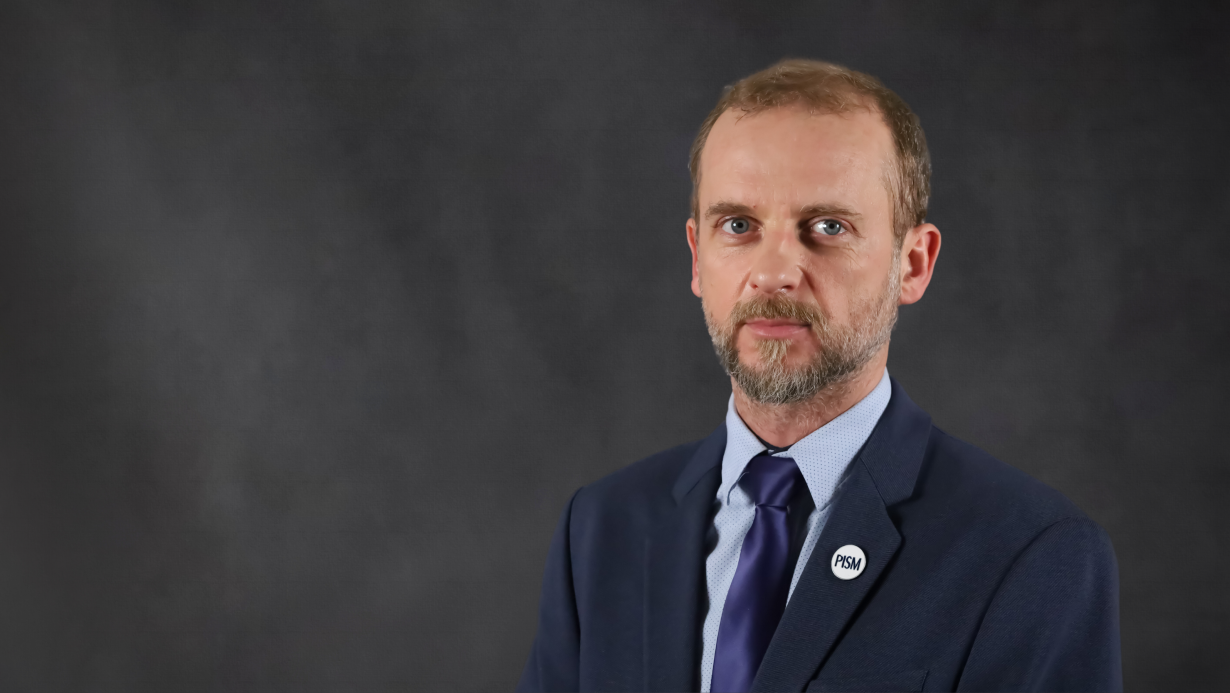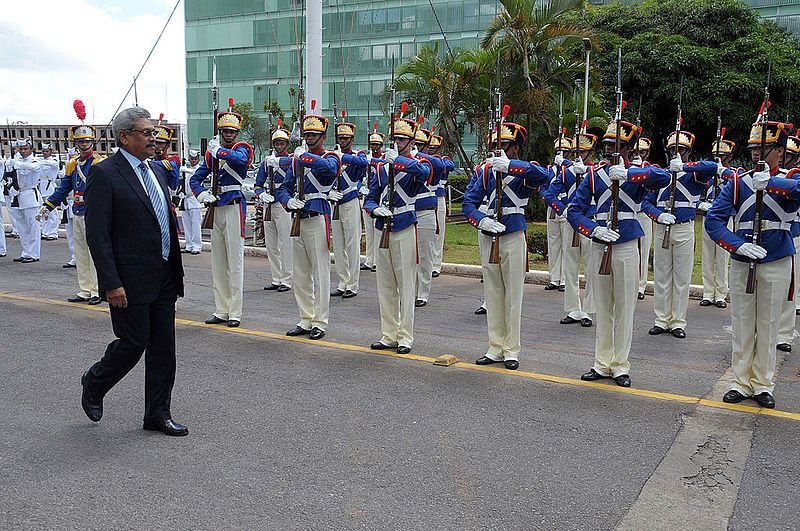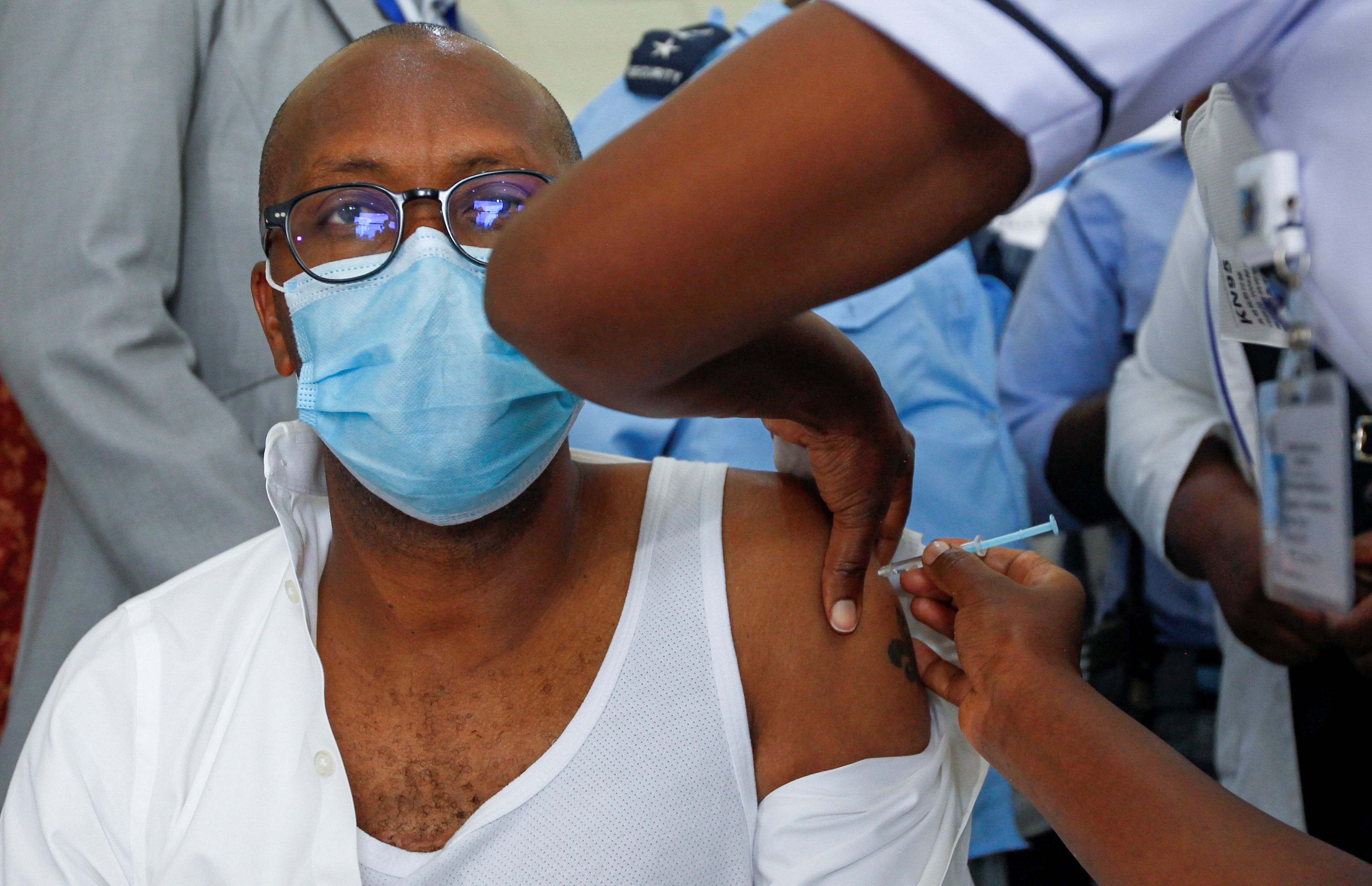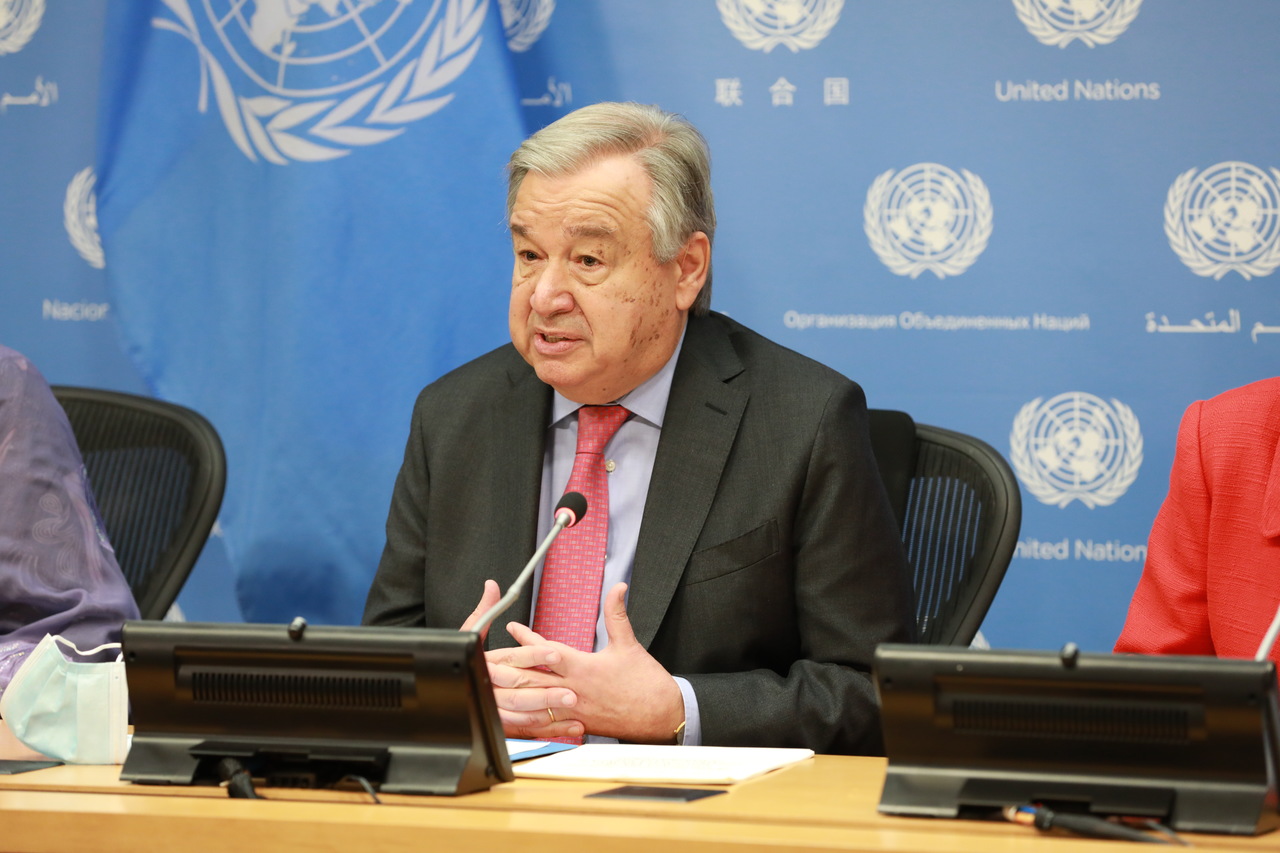The Political and Economic Crisis in Sri Lanka
After months of mass protests over the drastic deterioration of living conditions in Sri Lanka, President Gotabaya Rajapaksa fled the country on 13 July and resigned . This marks the end of almost two decades of rule by the Rajapaksa clan, but it does not end the political crisis that will complicate the way to economic recovery. The change of power on the island will limit China’s influence and open up opportunities for India and Western countries.
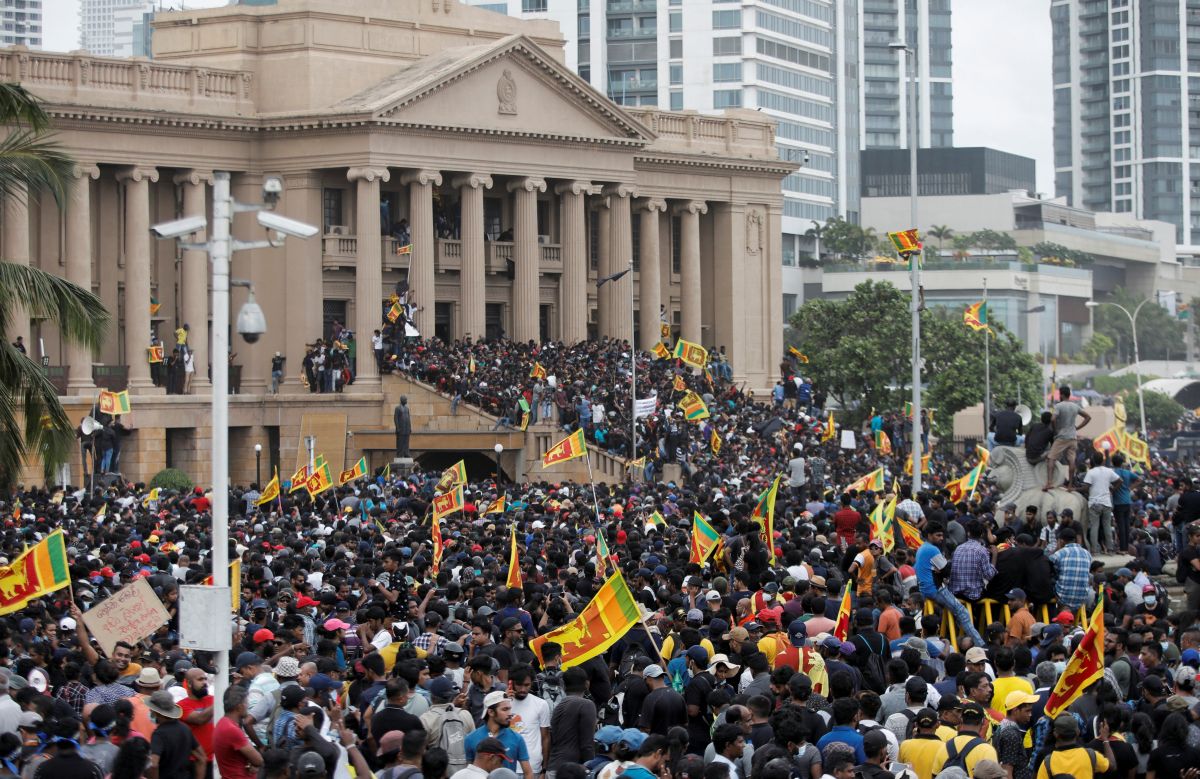 DINUKA LIYANAWATTE/ Reuters/ FORUM
DINUKA LIYANAWATTE/ Reuters/ FORUM
Why did the president resign?
Rajapaksa resigned from office under pressure from the mass street protests that started in March. He became president in November 2019 after winning 52% of the vote in the general election. In August 2020, the parliamentary elections were won (with 60% support) by the SLPP party led by his brother, Mahinda Rajapaksa (president in 2005-2015), who then became prime minister. The Rajapaksa family, whose members also took a number of other ministerial positions, have been losing public support rapidly in recent months in the face of the country's deteriorating economic situation, including worsening food and fuel prices. In May, the prime minister resigned and was replaced by Ranil Wickremesinghe from the opposition. Although the protests temporarily lost momentum, along with the further deteriorating economic situation, the largest demonstrations took place on 9 July, during which the protesters seized the Presidential Secretariat and residence, as well as the prime minister’s private house. As a result, both the president and the prime minister announced their readiness to resign.
What is the scale of the economic crisis and its causes?
Sri Lanka is in the worst economic crisis since gaining independence in 1948. The country lacks fuel, gas, and electricity, with inflation hitting 54% in June, food prices rising by 80%, and transport up by 120%. In June, the United Nations announced that 5.7 million of the island’s 22 million inhabitants are in need of lifesaving aid, calling for $47 million in support. Foreign exchange reserves fell from over $8 billion in 2019 to a paltry $50 million in April this year. As a result, the government suspended the repayment of foreign debt, which meant the actual bankruptcy of the country.
The main cause of the crisis is the impact of the COVID-19 pandemic on the loss of major sources of foreign currency from tourism and remittances from migrants. Tourism revenue fell from $4.4 billion in 2018 to $506 million in 2021, and remittances from an average $600 million monthly in recent years to $200-300 million in 2022. With energy and food prices soaring, Sri Lanka did not have the money to pay for imports of essential products. The situation was aggravated by mistakes made by the Rajapaksas, including taking on excessive state debt (foreign debt increased from $11.8 billion in 2006 to $56 billion in 2020), tax cuts in 2019, which limited budget revenues, and a ban on the import of fertilisers in 2021, which resulted in the last harvest being lower by almost half. The government also took corrective measures and started talks with foreign creditors too late to prevent the economic catastrophe.
Who are the protesters and what are they demanding?
The protest movement known as Janatha Aragalaya (People’s Struggle) has no central leadership and is internally diverse. It brings together people of various social, ethnic and religious groups, mostly young people, members of student organisations, and trade unions. They are united not only by the demand for the departure of the Rajapaksa family (under the slogan “Gota go home”) but also by the rejection of the entire political class and the desire to completely change the political system. Among the postulates of the protesters, apart from the immediate resignation of both the president and prime minister, they demand the creation of a transitional government for a maximum of one year, the preparation during this period and the adoption by referendum of a new constitution limiting the president’s power and strengthening democratic control mechanisms, as well as calling elections. They oppose the formation of a government with the participation of all parties (including SLPP), demand a greater say in power through People’s Councils, and threaten to intensify the protests if their demands are not met.
How will the new authorities be selected and what challenges will they face?
Pursuant to the Sri Lankan constitution of 1978, when a president resigns, the role is taken over by the prime minister, and if unable to do so, by the parliament speaker. Although Prime Minister Wickremesinghe took the position on 13 July, he is likely to resign soon under pressure from the demonstrators. Within 30 days, the interim president must appoint a new prime minister from among the deputies, and the parliament will select a new president from among its members (the opposition leader Sajith Premadasa has the best chance) to finish the current term in 2024. The new government will be able to prepare early parliamentary elections and propose changes to the constitution. This plan may be complicated by the fact that the Rajapaksa party retains a majority in the current parliament, and it will be difficult to form a government without its cooperation. Also, the organisation of early elections in conditions of a deep economic crisis will be a very difficult task and may require more time, as well as the preparation of a constitutional referendum. Another challenge may be the divisions within the protest movement and the radicalism of expectations. The uncertain political situation will make it difficult to deal with the economic crisis. Also, pressure on the power structure from protesters who often hold socialist views will make it difficult to reach an agreement with the IMF, which conditions aid on pro-market reforms. As a result, Sri Lanka may face several months of political instability and a longer recovery from the economic crisis.
What are the international ramifications of the Sri Lankan crisis?
The removal of the Rajapaksas from power could benefit India, which had lost its traditional influence on the island to China in recent years. Hence, the Indian authorities have been most involved in helping Sri Lanka since the beginning of the year, donating more than $3.5 billion in aid and speaking favourably about the protesters. The main loser will be China, which, although it did not rush to help out the Rajapaksa government with economic aid, is perceived as their closest ally and jointly responsible for the debt crisis (the Chinese hold 10% of Sri Lanka’s foreign debt). The emergence of a new government will provide an opportunity to bring accountability for the war crimes committed during the 2009 campaign against the Tamil Tigers, removing obstacles to improving Sri Lanka’s cooperation with the EU and the U.S. The EU, which remains the largest market for Sri Lankan exports, can become more actively involved in financial aid and offer technical support in carrying out the political transformation. The example of Sri Lanka should also be a warning to the world, in particular the several dozen developing countries in a similar situation of over-indebtedness and a growing crisis related to rising energy and food prices. This may prompt the EU to undertake an international initiative to reduce debt and financially support the poorest states to deal with the long-term effects of the pandemic and the war in Ukraine.


